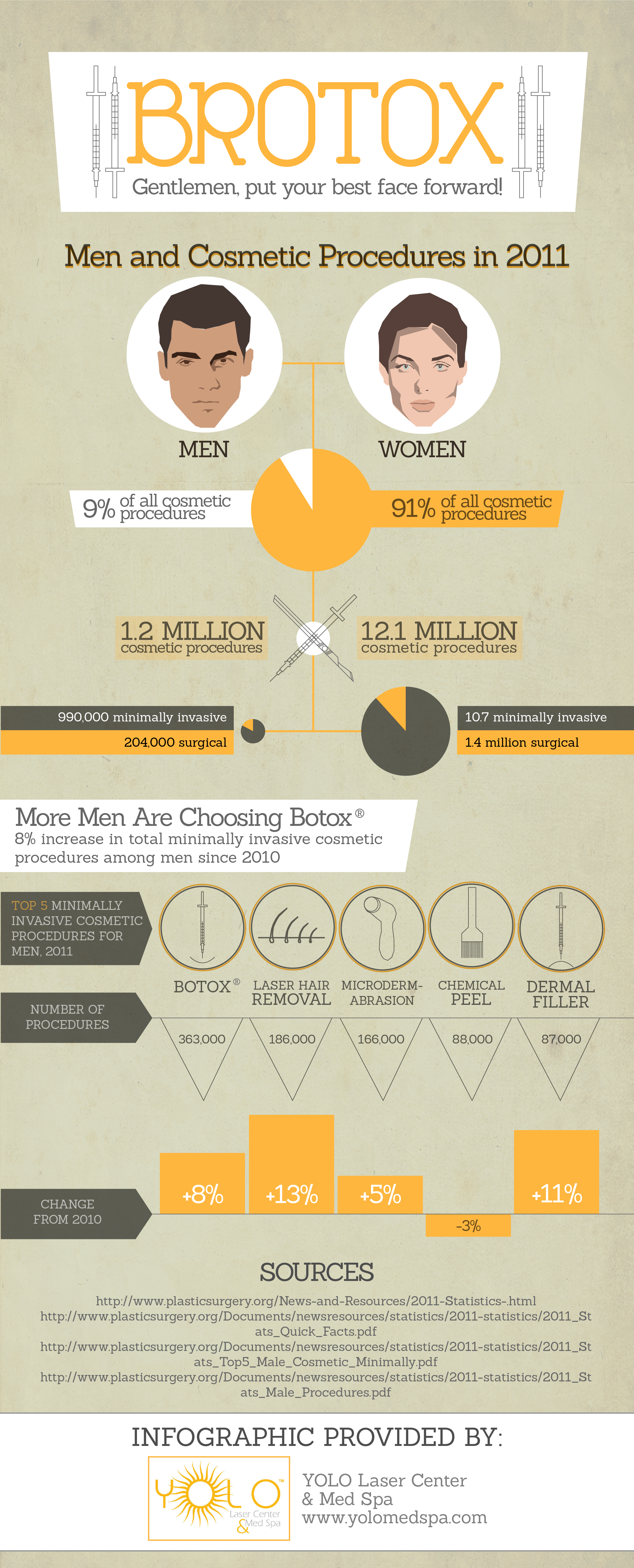Over The Counter Vs Prescription Acne Products
Over The Counter Vs Prescription Acne Products
Blog Article
Exactly How Does Photodynamic Therapy (PDT) Job?
Photodynamic therapy (PDT) incorporates a light-sensitive medicine with unique light to kill malignant and precancerous cells. Your physician places the medication on your skin or inside your eye and afterwards radiates a light on the therapy area.
This combination eliminates malignant cells and saves healthy tissue. Yale Medication pulmonologist George Eapen, M.D., clarifies just how this functions.
The Photosensitizer
Photodynamic therapy (PDT) uses a combination of light and a medication called a photosensitizer to eliminate malignant or precancerous cells and spare healthy cells. You obtain an injection of the photosensitizer, which is then activated by light in your body. The photosensitizer is soaked up by both healthy and balanced and malignant cells however isn't toxic until it is turned on by the light.
Light-absorbing particles, referred to as photosensitizers, are found in plants and pets, consisting of people. There are numerous photosensitizers, but the majority of have the ability to take in a particular range of light wavelengths.
As soon as the photosensitizer is revealed to a light with a matching spectral array, it's transformed from its ground state into an excited singlet state. This allows it to move energy to molecular oxygen, creating singlet oxygen and complimentary radicals that mediate cellular poisoning.
The Light
During treatment, an unique light is radiated on the area where the photosensitizer was used. This light triggers the drug and damages cancer cells or precancerous cells that it has actually targeted.
The drugs that are made use of in photodynamic treatment have different absorption properties and several of them may take hours to leave normal cells yet stay longer in cancer cells or precancer cells. This process permits the physician to target cancer cells much more specifically than various other types of therapies that use noticeable light, such as lasers or electrocautery [54]
Photodynamic therapy can treat the earliest places of sun damages referred to as actinic keratosis and can decrease skin cancer advancement in people at high threat for establishing the problem. It is likewise an option for some people with wet kind age-related macular degeneration, which is a common root cause of loss of central vision in older grownups. It can not restore the loss of vision brought on by this illness, yet it can decrease the progression of irregular blood vessel development that causes damp AMD.
The Activation
Photodynamic therapy (PDT) makes use of a medication and light to deal with cancer and various other skin conditions. It targets precancerous cells and eliminates them. Unlike other cancer cells treatments that melt and destroy, this therapy kills precancerous cells while saving healthy cells.
The photosensitizer is delivered right into the skin through topical, dental or intravenous management. It is taken in by the lump cells and activated when revealed to light of a particular wavelength. This causes a sequence of photochemical responses that generates reactive oxygen varieties (ROS) that damage lump tissue and eliminate cancer cells.
PDT is most often utilized to deal with actinic keratoses and in situ squamous cell cancer (Bowen disease). It can likewise be made use of to treat other sorts of skin cancer, consisting of superficial basic cell cancer. It can be used alone or with various other treatments, such as surgical treatment or radiation. It can also shrink hair botox growths in the lungs, allowing surgical treatment or other therapy to be secure and efficient.
The Therapy
PDT functions best in little uncommon areas of cells that a source of light can reach, such as the skin, eyes, mouth or food pipe (gullet) and lungs. It is also used to deal with precancerous developments, such as actinic keratoses, which are sun-damaged cells that can turn into cancer.
Medical professionals administer the photosensitizer as a cream or shot, and then radiate a light on the therapy location. The light destroys the irregular cells. While healthy and balanced cells absorb the photosensitizer, it stays much longer in malignant cells.
After the procedure, your body naturally takes care of the dead cells. Patients with lung cancer might experience divulging blood or have a bronchoscopy to clear the lungs of the dead tissue. In many cases, your medical professionals may utilize a bronchoscopy to get rid of the photosensitizer from the lungs as well if it causes severe signs and symptoms. It's important to stay inside your home and make use of sunscreen when you go outside while the photosensitizer is in your system.